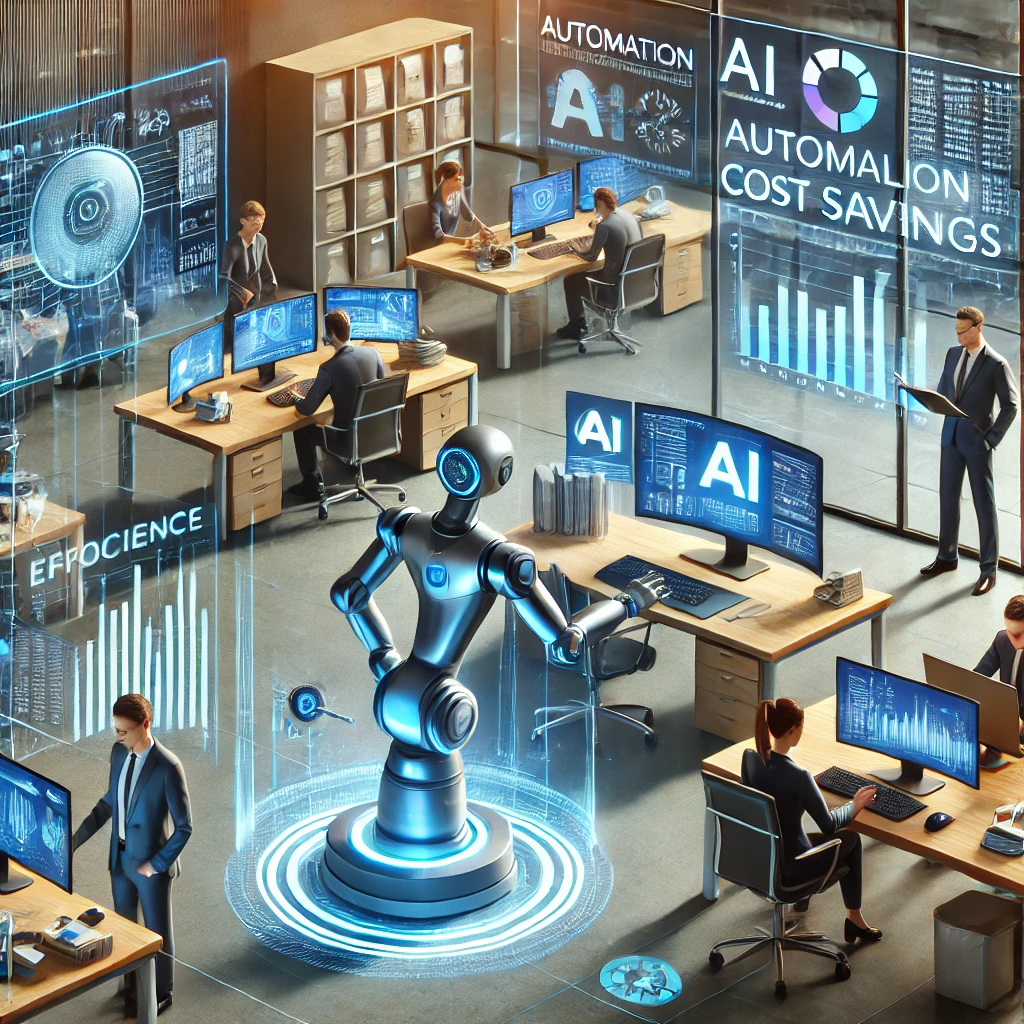Introduction: The Role of Technology in Cost Reduction and Efficiency
Technology has become a game-changer in business operations, helping companies optimize processes, reduce costs, and maximize efficiency. From automation to cloud computing, businesses leveraging technology are gaining a competitive edge while cutting unnecessary expenses. But how exactly does technology contribute to cost savings and efficiency? Let’s explore the key areas where tech makes a significant impact.
The Role of Technology in Business Efficiency
1. What Does Efficiency Mean in Business?
Efficiency in business refers to the ability to achieve maximum output with minimal input. This means reducing time, effort, and costs while improving productivity.
2. How Automation Streamlines Operations
Automation helps businesses eliminate repetitive tasks, reduce human error, and speed up workflows. Examples include:
• Chatbots for customer service
• Automated invoicing for faster payment processing
• Supply chain automation to reduce delays
3. Industries Transformed by Technology
Several industries have been revolutionized by technology, including:
• Healthcare (telemedicine, AI diagnostics)
• Retail (e-commerce automation, smart inventory)
• Manufacturing (robotics, predictive maintenance)
Cost Reduction Through Technology
Businesses save money through:
✅ Cloud computing – No need for expensive physical servers
✅ Remote work – Reducing office space and utilities
✅ AI-driven decisions – Optimizing resource allocation
✅ Cybersecurity – Preventing costly data breaches
Case Study: Amazon optimizes logistics with AI, reducing costs and increasing delivery speed.
Automation: The Key to Increased Productivity
• Robotic Process Automation (RPA) reduces manual labor costs
• AI-powered chatbots cut customer service expenses
• Workflow automation tools (Zapier, Monday.com) streamline operations
Cloud Computing and Its Impact on Cost Efficiency
• No hardware maintenance costs
• Scalable resources for growing businesses
• Remote access reduces office expenses
Example: Netflix uses AWS cloud services, cutting IT infrastructure costs significantly.
Artificial Intelligence: Redefining Business Operations
• AI enhances predictive analytics, reducing business risks
• Chatbots handle customer queries, saving millions in support costs
• AI automates content marketing, reducing advertising expenses
IoT and Smart Devices: Enhancing Operational Efficiency
IoT allows businesses to:
✅ Monitor real-time data for cost control
✅ Optimize logistics with smart tracking
✅ Reduce energy consumption with automated controls
Example: Smart thermostats cut electricity costs by 20-30% in offices.
Conclusion: The Future of Tech in Cost Efficiency
Technology is a long-term investment that drives efficiency, cost savings, and business growth. Companies that embrace automation, AI, and cloud solutions will gain a competitive edge in a rapidly evolving market.






